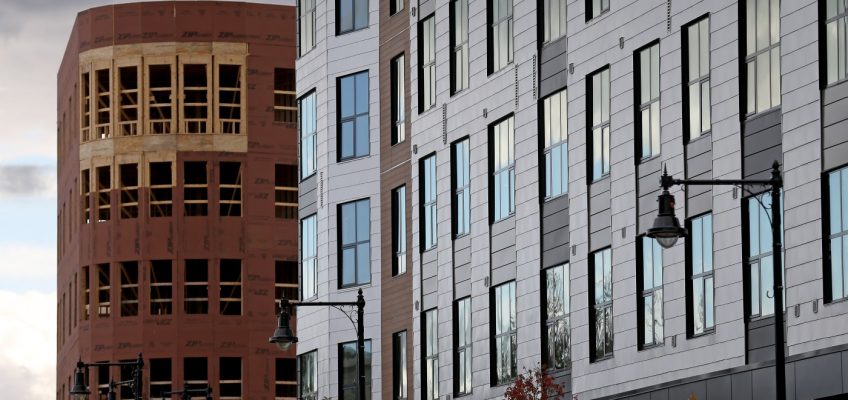WASHINGTON — The nation’s economy expanded at a robust 4.9% annual rate from July through September as Americans defied higher prices, rising interest rates and widespread forecasts of a recession to spend at a brisk pace.
The Commerce Department said the economy expanded last quarter at the fastest pace in nearly two years — and more than twice the 2.1% annual rate of the previous quarter.
Thursday’s report on the nation’s gross domestic product — the economy’s total output of goods and services — showed that consumers drove the acceleration, ramping up their spending on everything from cars to restaurant meals. Even though the painful inflation of the past two years has soured many people’s view of the economy, millions have remained willing to splurge on vacations, concert tickets and sports events.
“This is just a very resilient economy that continues to take hit after hit and keep on,” said Joseph Brusuelas, chief economist at RSM, a tax and consulting firm.
Yet the robust growth may prove to be a high-water mark for the economy before a steady slowdown begins in the current October-December quarter and extends into 2024. The breakneck pace is expected to ease as higher long-term borrowing rates, on top of the Federal Reserve’s short-term rate hikes, cool spending by businesses and consumers. Economists have projected that growth could slow to an annual pace of just 1.5% in the final three months of this year.
One sign of the coming slowdown, Brusuelas said, was a 3.8% drop in business spending on new machinery and other equipment last quarter. That pullback likely reflected the higher cost of borrowing to finance such purchases.
An increase in house and apartment construction also boosted growth in the third quarter. But as mortgage rates near 8% and sales of existing homes continue to fall, analysts expect housing to weaken the overall economy in the coming months.
“We can already see the drag forming in the final three months of the year,” Brusuelas said.
In addition, consumers are spending more of their savings — a drawdown that could eventually weigh on growth. Many, particularly lower- and middle-income Americans, are stepping up their use of credit cards. These cards now carry much higher rates after the Fed boosted its benchmark interest rate to about 5.4%, its highest level in 22 years. Americans, as a whole, saved just 3.8% of their income last quarter, down from 5.2% in the April-June quarter and notably below pre-pandemic levels.
Several Fed officials acknowledged in speeches last week that the most recent economic data showed growth picking up by more than they had expected. Yet most of the policymakers signaled that they will likely keep their key rate, which affects many consumer and business loans, unchanged when they meet next week.


Leave a Reply